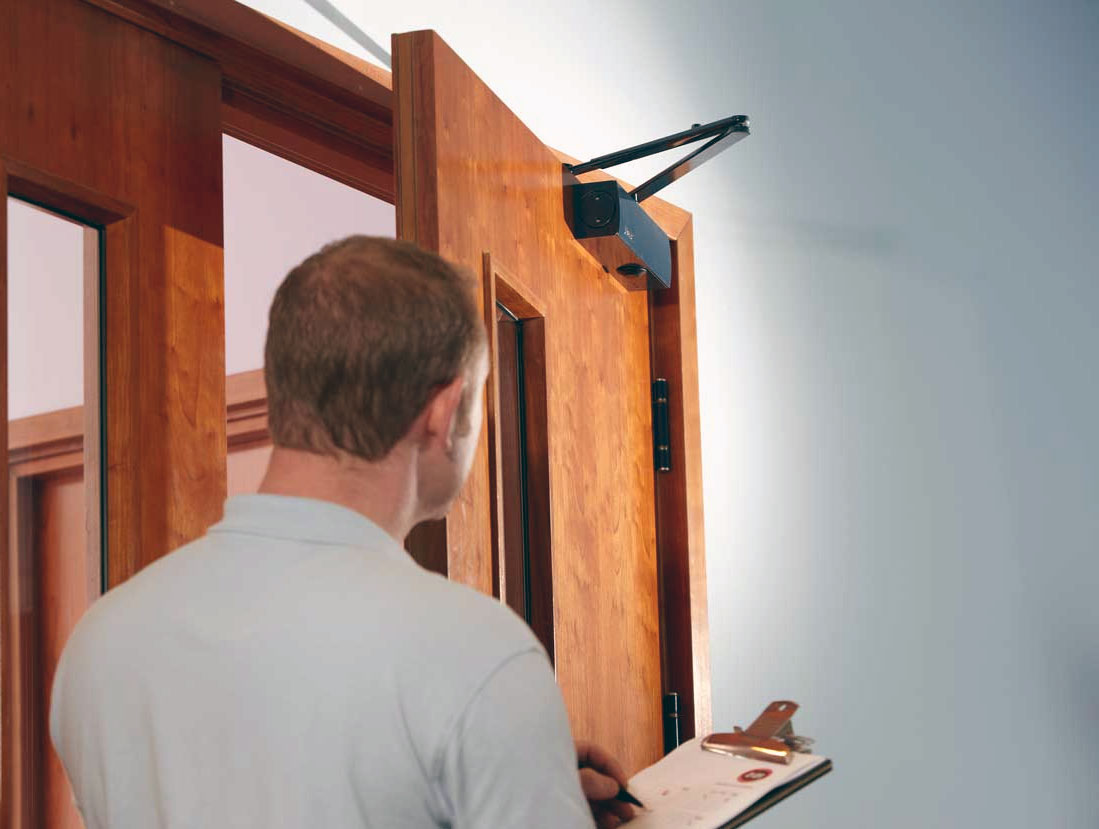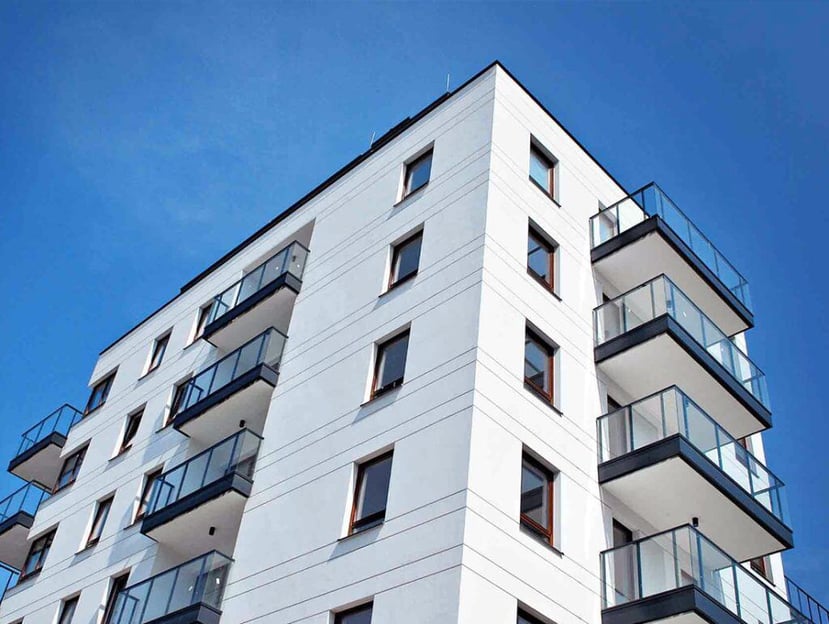Fire Safety in Blocks of Flats
by Innovus on 5 July 2024

Fire safety in blocks of flats is a critical concern for both landlords and tenants. The tragic Grenfell Tower fire in 2017 brought this issue into sharp focus, leading to significant changes in fire safety legislation and practices across the UK. This comprehensive guide will explore the key aspects of fire safety in purpose-built blocks of flats, outlining the responsibilities of landlords, managing agents, and tenants, as well as providing essential safety tips and information on compliance.
Understanding Fire Safety Legislation
The Fire Safety Order 2005
The Regulatory Reform (Fire Safety) Order 2005 is the cornerstone of fire safety legislation in England and Wales. This order places the responsibility for fire safety on the ‘responsible person’, typically the landlord or managing agent in blocks of flats. The order requires them to:
- Conduct fire risk assessments
- Implement appropriate fire safety measures
- Maintain fire safety equipment
- Provide information to residents about fire safety procedures
The Fire Safety Act 2021
The Fire Safety Act 2021, which came into effect on 16 May 2022, clarified and extended the scope of the Fire Safety Order. It explicitly includes the structure, external walls, and flat entrance doors in the areas that must be assessed for fire safety. This act was introduced in response to the Grenfell Tower tragedy and aims to improve fire safety in multi-occupancy residential buildings.
Responsibilities of Landlords and Managing Agents
Fire Risk Assessments
One of the primary responsibilities of landlords and managing agents is to conduct regular fire risk assessments. These assessments should:
- Identify potential fire hazards
- Evaluate the risk to people from these hazards
- Decide on appropriate fire safety measures
- Create an emergency plan
- Provide fire safety training to staff
The UK Government’s fire safety risk assessment guidance provides a helpful 5-step checklist for conducting these assessments.
Fire Safety Measures in Communal Areas
Landlords and managing agents are responsible for ensuring that communal areas are safe and free from fire hazards. This includes:
- Keeping escape routes clear of obstructions
- Ensuring fire doors are not propped open
- Removing potential fire hazards from communal areas
- Maintaining appropriate signage for fire exits and escape routes
Maintenance of Fire Safety Equipment
Regular maintenance of fire safety equipment is crucial. This includes:
- Testing and maintaining smoke alarms
- Servicing fire extinguishers
- Checking emergency lighting systems
- Ensuring fire doors are in good working order
Tenant Responsibilities and Safety Tips
Preventing Fires in Individual Flats
While landlords are responsible for overall building safety, tenants play a crucial role in preventing fires within their own flats. Key safety tips include:
- Never leave cooking unattended
- Avoid overloading electrical sockets
- Keep flammable materials away from heat sources
- Dispose of cigarettes properly
- Regularly test smoke alarms in the flat
What to Do in Case of Fire
Tenants should be familiar with the building’s fire safety procedures. Generally, if a fire occurs:
- In your flat: Get out, stay out, and call 999
- Elsewhere in the building: Follow the building’s evacuation plan or ‘stay put’ policy as advised
The local fire and rescue service can provide more detailed advice on what to do in case of fire.

Key Fire Safety Features in Blocks of Flats
Fire Doors and Compartmentation
Fire doors and proper compartmentation are crucial for containing fire and smoke. They should:
- Be self-closing and fit properly in their frames
- Not be propped open
- Have intumescent strips and cold smoke seals
Smoke Alarms and Detection Systems
Adequate smoke detection is vital. This includes:
- Smoke alarms in individual flats
- Smoke detection systems in communal areas
- Regular testing and maintenance of all alarms
Escape Routes and Evacuation Plans
Clear, well-maintained escape routes are essential. These should be:
- Kept clear of obstructions at all times
- Well-lit, with emergency lighting where necessary
- Clearly signposted
An evacuation plan should be in place and communicated to all residents.
The ‘Stay Put’ Policy: When to Use It and When to Evacuate
Many purpose-built blocks of flats are designed with a ‘stay put’ policy. This means that if a fire occurs in another part of the building, it’s often safer for residents to remain in their flats. However, it’s crucial to:
- Follow the specific advice for your building
- Leave immediately if fire or smoke affects your flat
- Always evacuate if instructed to do so by the fire service
The National Fire Chiefs Council provides more information on the ‘stay put’ policy.
Regular Inspections and Maintenance
Regular inspections and maintenance are key to ensuring ongoing fire safety. This includes:
- Weekly testing of fire alarms
- Monthly checks of fire doors and escape routes
- Annual servicing of fire safety equipment
- Periodic review and update of fire risk assessments
How Innovus Can Help with Fire Safety Compliance
At Innovus, we understand the complexities of fire safety compliance in blocks of flats. Our experienced team offers comprehensive fire safety services, including:
- Professional fire risk assessments
- Implementation of fire safety measures
- Regular maintenance and inspections
- Training for staff and residents
As part of our facilities management services, we ensure that your property not only meets but exceeds fire safety standards. Our expertise helps landlords and managing agents navigate the complex landscape of fire safety regulations, providing peace of mind and ensuring the safety of all residents.
Don’t leave fire safety to chance. Contact Innovus today to learn how we can help you achieve and maintain the highest standards of fire safety in your blocks of flats.

